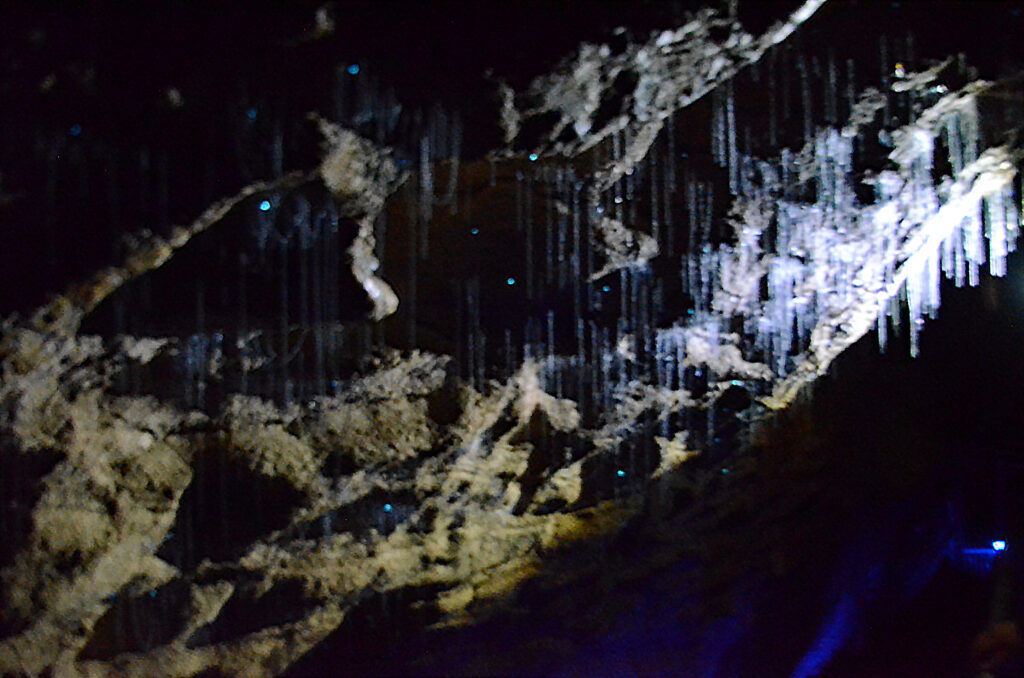Imagine walking through a forest and suddenly hearing voices from thousands of years ago—languages thought to be lost forever, echoing once more. This isn’t a scene from a science fiction novel, but a glimpse of what artificial intelligence is unlocking today. With every passing month, researchers are getting closer to reviving the whispers of ancient civilizations, giving extinct languages a second chance to speak. The thought is not just thrilling—it’s deeply moving. What secrets might these voices reveal? How could hearing the tones and rhythms of lost tongues reshape our understanding of ourselves? Let’s dive into the fascinating world where AI and ancient linguistics collide.
The Silent Puzzle of Extinct Languages
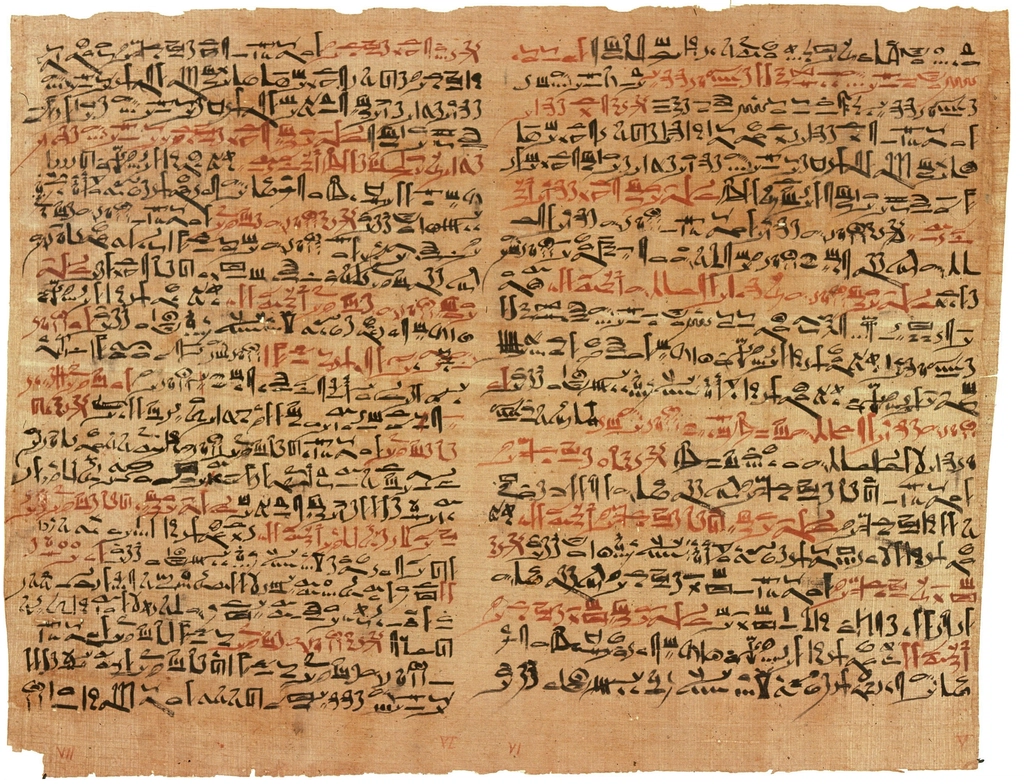
Extinct languages are like broken jigsaw puzzles scattered throughout history. Pieces are missing, and the picture is faded, making it incredibly hard for researchers to reconstruct what was once spoken. Traditional linguists have spent decades trying to piece together old scripts, inscriptions, and oral traditions, but gaps remain. Many extinct languages left behind little more than a handful of words, a few carved symbols, or mysterious songs. It’s as if voices were trapped in amber, just out of reach. The emotional pull of hearing a lost language is powerful—it’s a bridge to ancestors, forgotten stories, and vanished ways of life. The silence of these languages isn’t just the loss of words; it’s the loss of entire worldviews.
Artificial Intelligence: The New Archaeologist
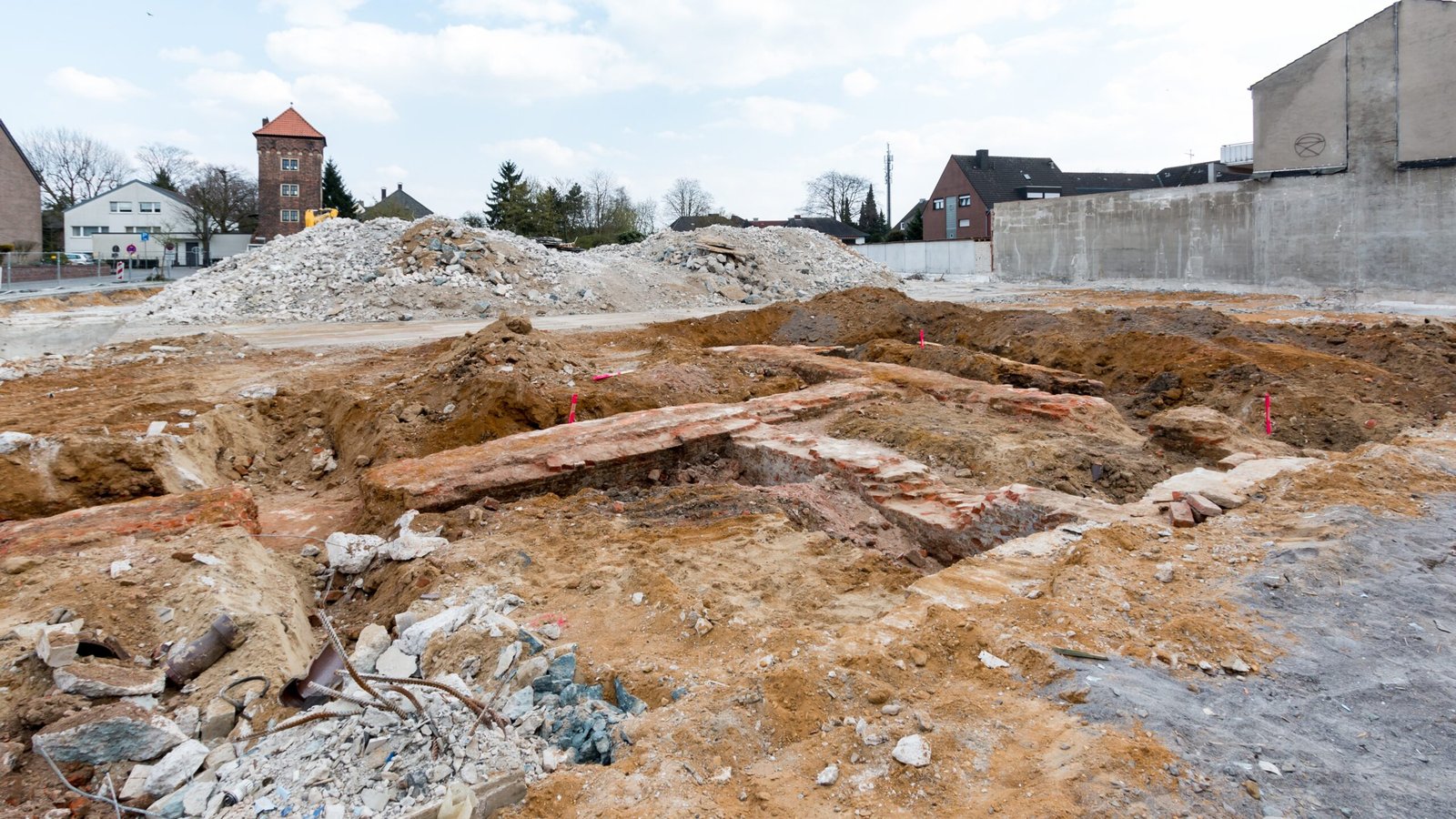
Unlike human archaeologists who dig through dirt and sand, AI mines data—vast amounts of it. Algorithms can sift through old manuscripts, audio recordings, and even genetic studies to find patterns no person alone could detect. AI doesn’t tire or get discouraged; it can try millions of combinations, looking for the right fit in the puzzle. With deep learning, machines now recognize speech patterns, syntax, and phonetics in ways that seemed impossible just a decade ago. The process feels almost magical, like watching a photograph develop in a darkroom. Each new advance brings us closer to hearing authentic voices from centuries past.
Breathing Life Into Ancient Words
One of the most captivating aspects of AI’s work is its ability to simulate the actual sounds of lost languages. By analyzing related languages and reconstructing phonetic rules, AI models can generate audio samples that mimic how these tongues might have sounded. This isn’t just a cold, robotic exercise—it’s surprisingly emotional to hear a voice uttering words that haven’t been spoken aloud for hundreds or even thousands of years. Imagine listening to a lullaby sung in Proto-Indo-European, or a greeting from the Ainu people of Japan—suddenly, history feels personal and alive.
Piecing Together the Fragments
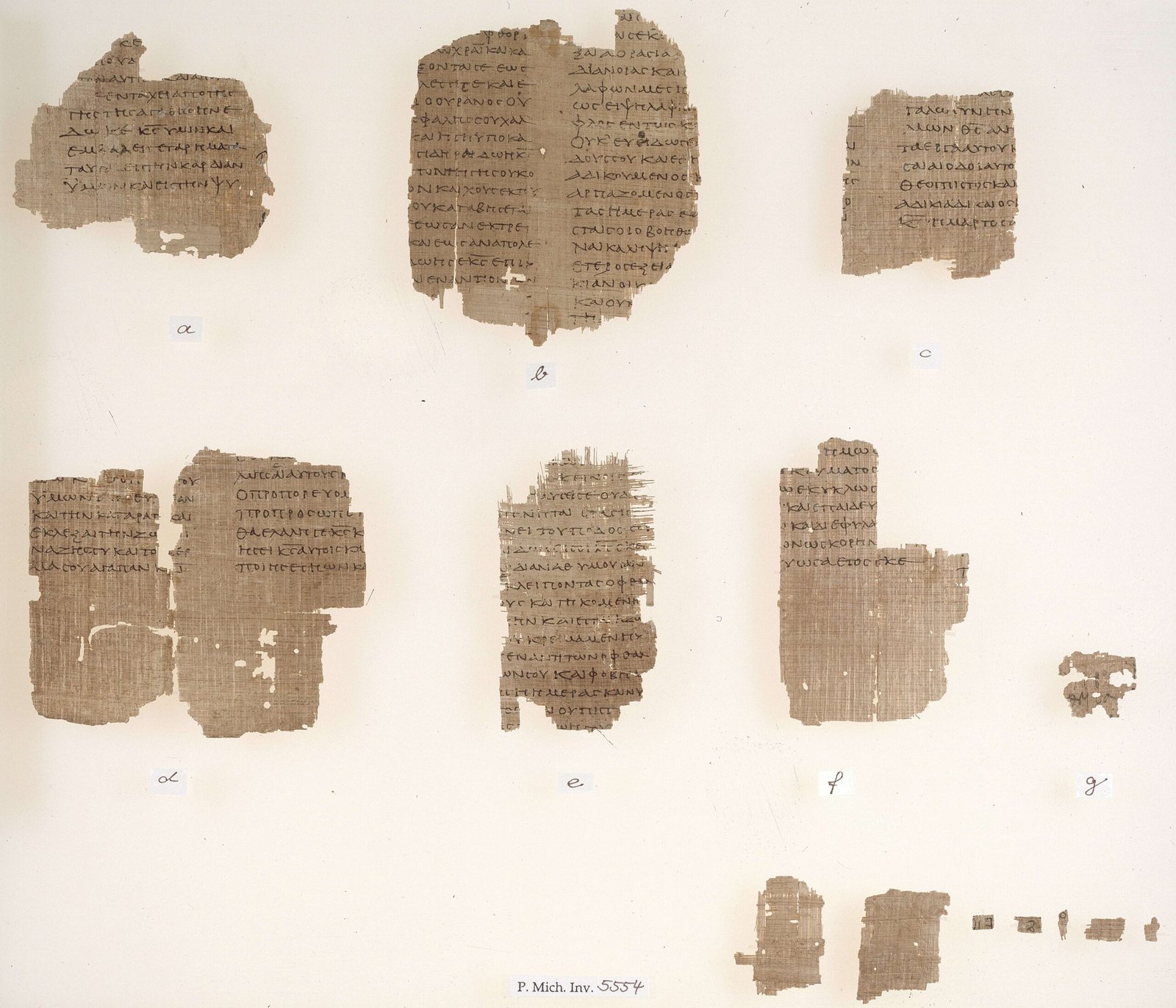
Reconstructing extinct languages isn’t about finding a single “correct” version. Instead, it’s more like assembling a mosaic from broken tiles. AI helps by comparing fragments—words, grammar, and syntax—from related languages and filling in the gaps. For example, researchers use neural networks to analyze similarities between living languages and their extinct relatives, predicting likely sounds and grammatical structures. It’s a bit like using family resemblances to imagine what a great-grandparent might have looked like. This process is rarely perfect, but it brings us tantalizingly close to the original voices.
The Role of Ancient Scripts and Artifacts

AI doesn’t work in a vacuum. It relies on ancient scripts, inscriptions, and artifacts as its raw material. Digitizing these artifacts and feeding them into machine learning models helps AI “learn” the basic building blocks of extinct languages. For example, the Rosetta Stone was once the key to deciphering Egyptian hieroglyphs. Today, vast digital libraries of cuneiform tablets, Mayan glyphs, and runic inscriptions serve as training data for AI. Each artifact is a clue, a piece of evidence in the grand detective story of language reconstruction.
Voice Synthesis: From Words to Sound
Once AI reconstructs likely phonetic rules, the next challenge is to make those sounds audible. Modern speech synthesis engines, powered by deep learning, can turn reconstructed phonemes and words into human-like speech. This technology goes beyond simple text-to-sound conversion; it can add intonation, rhythm, and even emotion. When you hear a computer-generated voice reciting a poem in Hittite or Etruscan, you’re not just hearing a string of syllables—you’re catching a glimpse of the past brought to life. It’s a bit like hearing a long-lost song for the first time.
Learning From Living Descendants

Many extinct languages have living descendants—modern tongues that share roots, vocabulary, or grammar. AI leverages these connections by comparing living and dead languages, finding patterns that can help fill in the blanks. For example, Latin’s sound and grammar can be inferred from its “children” like Italian, French, and Spanish. By mapping these relationships, AI can reverse-engineer lost elements of ancient speech. This approach is powerful because it uses the living to revive the dead, creating a linguistic family reunion across centuries.
Unlocking Hidden Cultural Knowledge

Languages are more than just words; they’re containers for culture, knowledge, and history. When AI reconstructs extinct languages, it often reveals surprising insights into ancient societies. Words for plants, animals, tools, and rituals give clues about what people valued, how they lived, and what they believed. Some reconstructed words hint at forgotten technologies or social structures. It’s like opening a time capsule—sometimes you find mundane shopping lists, sometimes sacred hymns or mysterious proverbs. Each discovery deepens our understanding of humanity’s story.
The Challenge of Accuracy
While AI is dazzling in its capabilities, it’s not infallible. Reconstructing extinct languages comes with big risks—misinterpretations, gaps in data, and the temptation to “fill in the blanks” with guesses. Scientists must constantly check AI’s work against what little evidence exists, balancing innovation with skepticism. It’s a delicate dance: too much faith in AI, and you risk creating fantasy languages; too little, and you miss out on groundbreaking discoveries. The process demands both caution and boldness, like tightrope walking over a canyon of uncertainty.
Reviving Songs, Myths, and Stories
Some of the most moving results of AI reconstruction are the revival of ancient songs, myths, and stories. By piecing together fragments of oral tradition, AI can attempt to reconstruct the sound and rhythm of ancient poetry and music. Imagine hearing a Sumerian hymn sung as it might have been in a temple, or a Norse saga chanted by a skald. These moments are emotional—not just for linguists, but for anyone with a sense of wonder about the past. They remind us that language is more than words; it’s music, performance, and emotion.
Personal Stories: Descendants Hear Their Ancestors

There’s a deeply personal side to this work. For people whose ancestors spoke now-extinct languages, hearing those voices is a powerful experience. Some indigenous communities have partnered with AI researchers to revive ancestral tongues, using technology to reconnect with lost heritage. The moment when a descendant hears an AI-generated greeting in their ancestral language can be overwhelming—joyful, bittersweet, and healing. Language is identity, and every revived phrase is a small act of cultural restoration.
Challenges of Bias and Representation
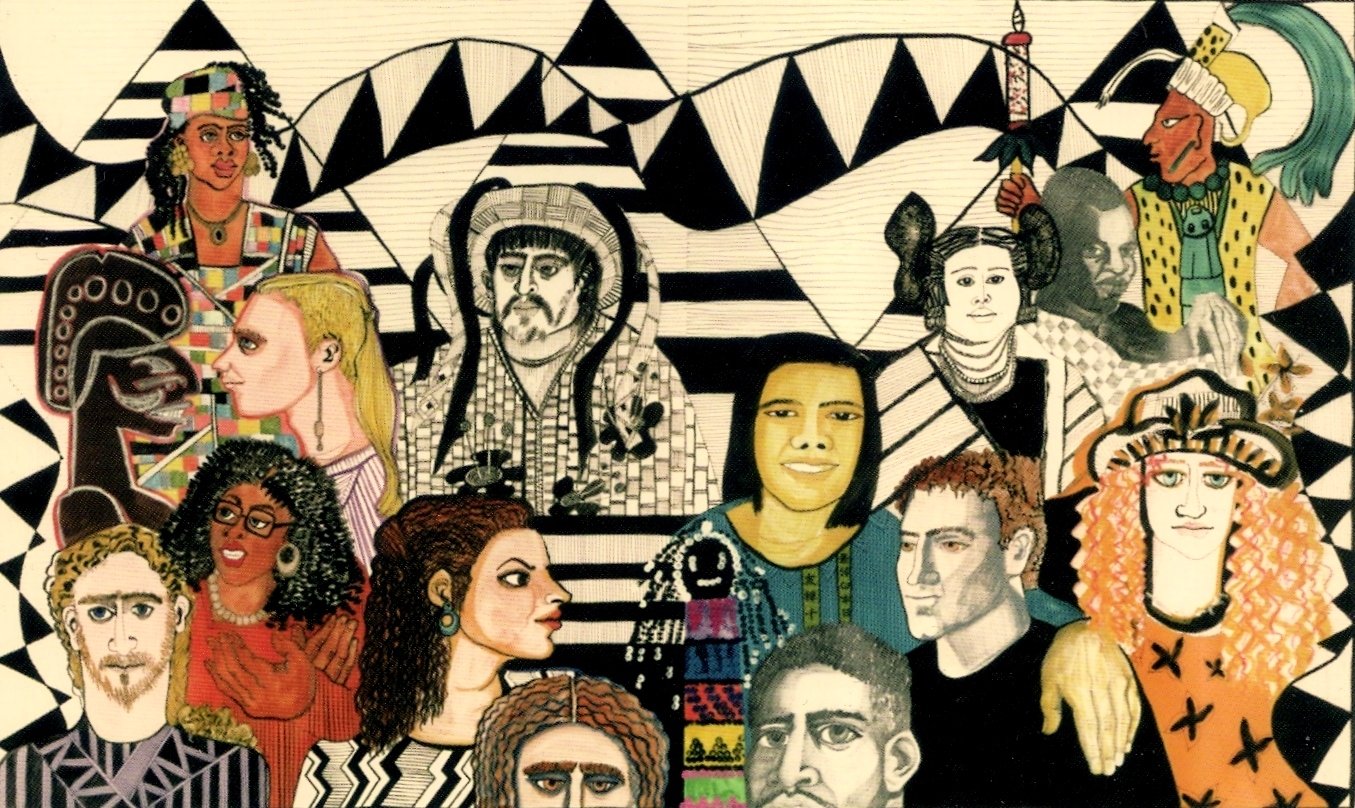
AI is only as unbiased as the data it learns from. If the training data is incomplete or skewed, reconstructions can misrepresent the true sound and meaning of extinct languages. This is a major ethical challenge—particularly when working with the languages of marginalized or colonized peoples. Researchers must work closely with communities, respecting their wishes and cultural sensitivities. The goal is not just to reconstruct words, but to honor the people and stories behind them.
What We Might Learn About Human Evolution
Language is a window into the human mind. By reconstructing ancient voices, AI helps scientists explore how language evolved—how people formed sounds, created grammar, and shared ideas. This could shed light on big questions: How did language start? How did it shape our ability to cooperate, imagine, and innovate? Each reconstructed language is a data point in the grand experiment of human evolution. It’s like tracing the branches of the family tree to its roots.
Inspiring the Next Generation of Linguists
The excitement of AI-powered language reconstruction is contagious. Young people, especially those with a passion for history, technology, or storytelling, are drawn to this field. The idea of reviving lost voices with computers feels like magic, but it’s also a challenge—a puzzle waiting to be solved. As more students and hobbyists get involved, the pace of discovery accelerates. Who knows? The next breakthrough might come from a teenager on their laptop, inspired by the dream of hearing the past.
What Happens When Lost Voices Speak Again?
Hearing extinct languages isn’t just about nostalgia or curiosity. It challenges us to rethink our assumptions about history, identity, and progress. When forgotten voices speak again, they remind us that no culture is ever truly lost—its echoes linger in our words, our music, and our hearts. AI is giving us the tools to listen. The question is: are we ready to hear what those voices have to say?


